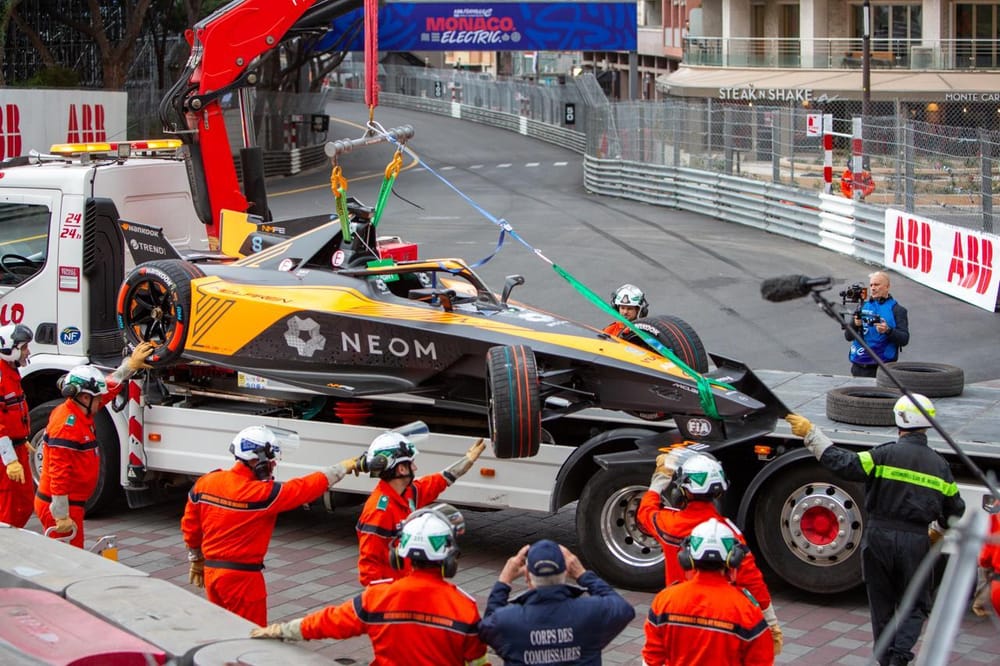The first prototypes of a modified steering system to try to protect drivers from sustaining hand injuries in Formula E have been tried out in private testing this month by multiple manufacturers.
The Race has uncovered that Porsche, Nissan and Jaguar trialled the systems in testing at Varano in Italy, with Mitch Evans, Oliver Rowland and reigning champion Pascal Wehrlein among the drivers to have used what is essentially a damper-activated solution.
The final parts of the modified steering set-up are yet to be fully tested and are set to be slightly lighter and not adjustable to the current version. It has been initially tested with specific adjustments in order that a variety of tolerance settings could be sampled.
Fitted parallel to the steering rack, the damper system is believed to slow the motion in case of high excitation of the steering column and should lighten the forces experienced when an impact goes through the steering wheel itself.
Should further testing be successful the damper is targeted to be made mandatory and run on all cars in readiness for the Valencia pre-season tests in November.
In addition, some add-on measures may also make their way to the steering wheel itself to make it more rounded in its lower parts so that drivers’ hands will not get trapped and flung around.
Several drivers have received injuries from a variety of incidents in the first two seasons of Gen3 competition.
Sam Bird and Robin Frijns suffered breaks to their hands, while Wehrlein, Sebastien Buemi and Nyck de Vries all sustained various degrees of bruising and cuts from incidents in Sao Paulo and Tokyo this year.
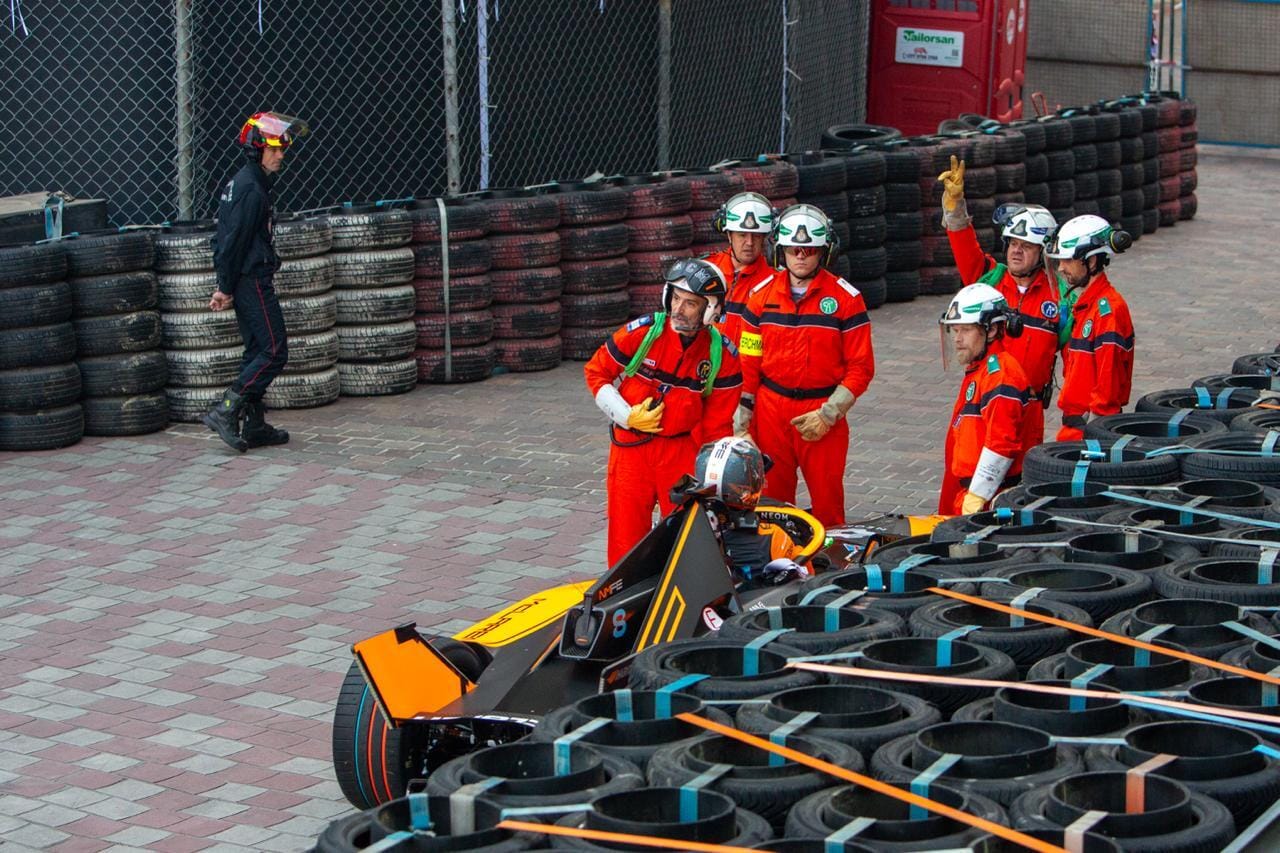
(Bird Monaco crash images courtesy of Emma Ridgeway)
Speaking about the research that has and is still going into possible solutions for mitigating the risk of hand and arm injuries, the FIA’s chief technical and safety officer Xavier Mestelan-Pinon said the governing body was working on several key points including the damper aid.
“We have worked on the position of the steering wheel in the cockpit to have more clearance between the arms and the cockpit,” he told The Race.
“We worked also for the upcoming season on a larger and wider front wing to try to protect a little bit more the front wheel in case of impact - it will contribute to mitigating the risk of hand injuries.
“We are working also on specific gloves to try to help protect the driver in case the arm hits the monocoque and we also work on the shape of the steering wheel to make it more rounded.”
Drivers were allowed to run with extra padding in the monocoques to try to soften any impacts in the event of accidents last season, although this was not made mandatory.
Additionally, some drivers, including Bird at the Portland and London rounds, tried using MotoGP-style gloves with padded inserts within them.
How FIA reacted to hand injury questions
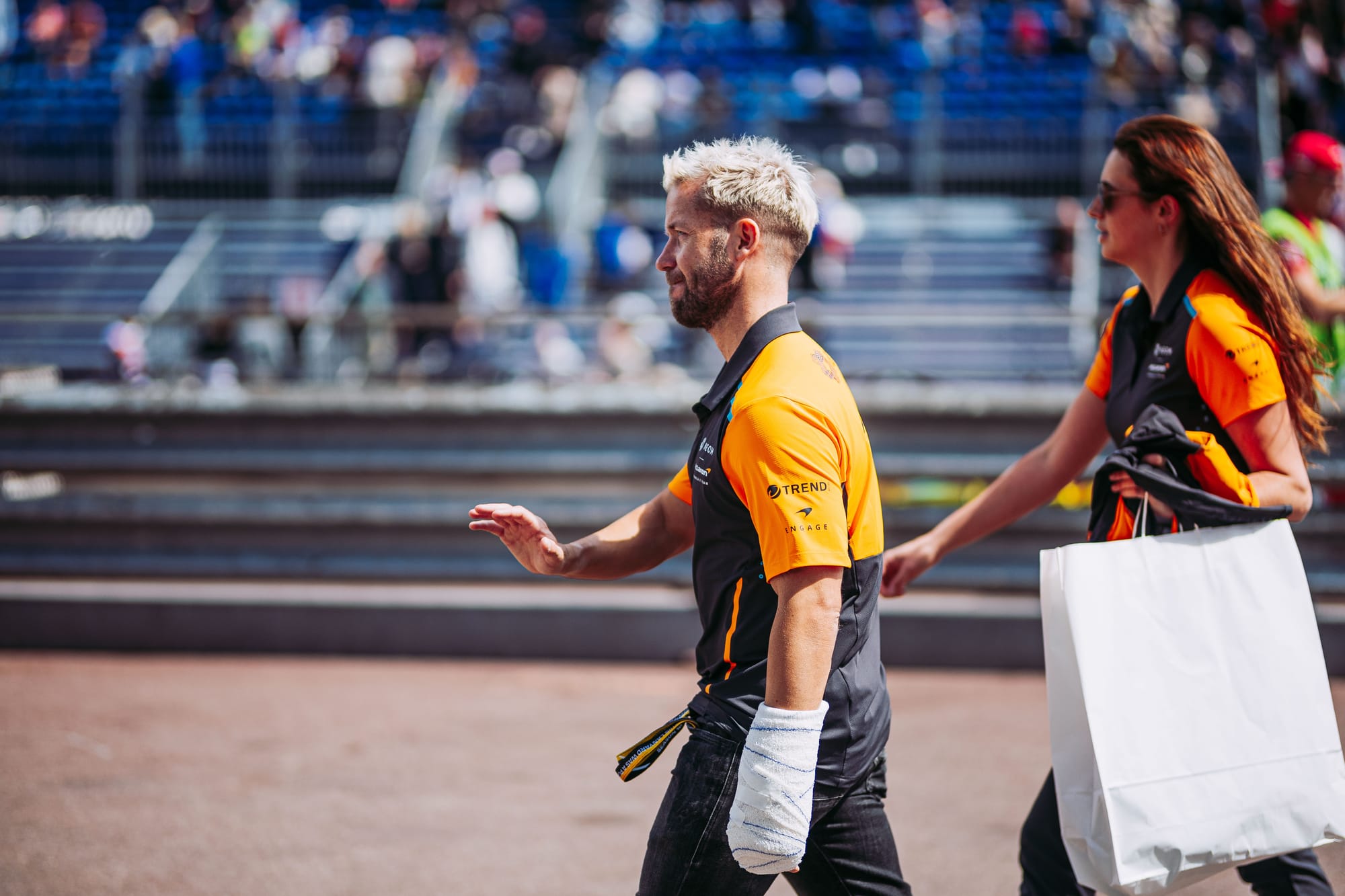
The FIA was already looking into how it could alleviate hand injury worries in Formula E when Bird crashed in an initially innocuous-looking accident in free practice for April’s Monaco E-Prix.
Mestelan-Pinon added that no “obvious root cause” was found for the plethora of hand injuries in Formula E despite it having been closely analysed.
“We cannot say that it's because of the front axle, which is with a front powertrain now, or because of the stiffness of the tyre or the size of the cockpit, it's plenty of small details,” he added.
“My personal opinion is that it's also linked to the steering effort. This car needs a little bit more effort than other ones, and we don't have any power steering on the Gen3 car.”
In Bird’s case, he impacted the Saint Devote barriers at under 35mph but the whip-effect of the steering on his McLaren-run Nissan Gen3 car broke his right hand for the second time in 18 months.
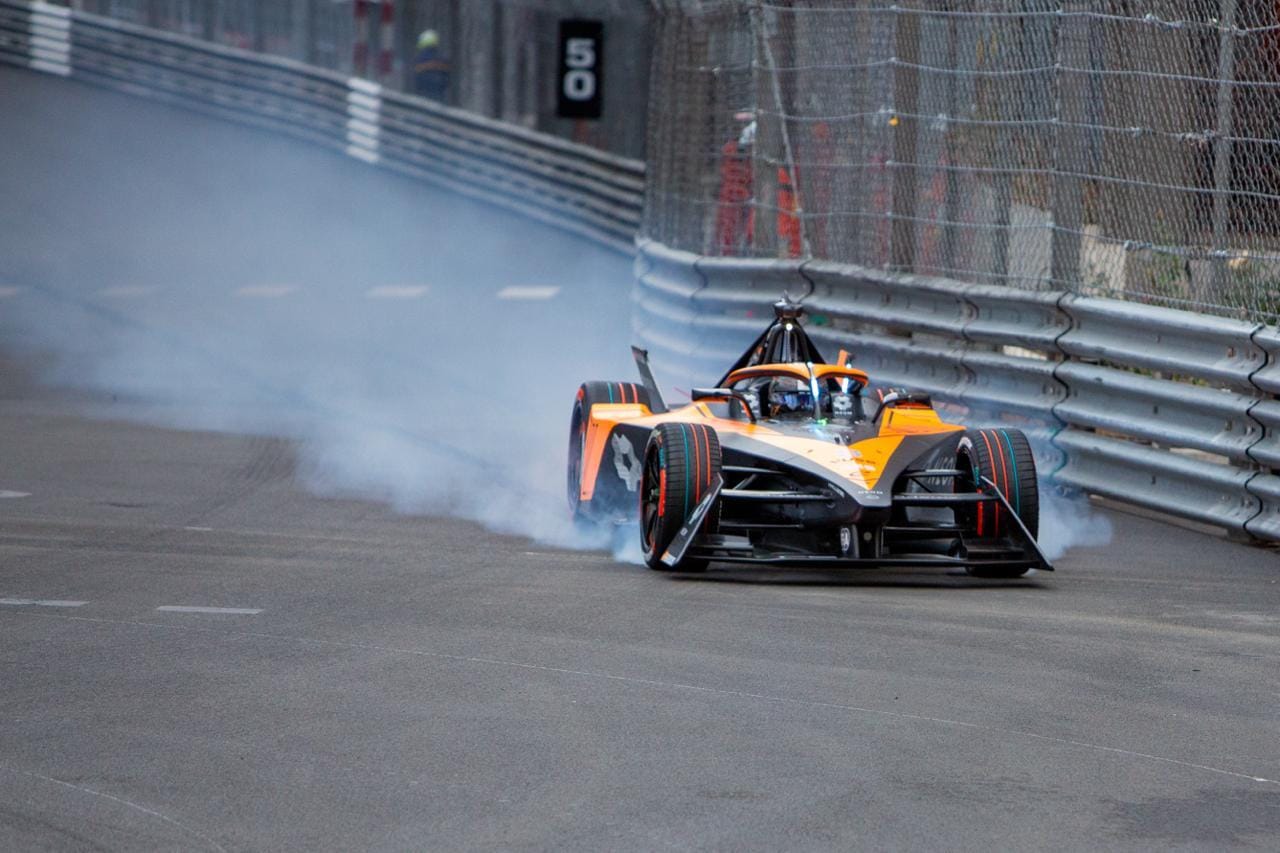
It’s important to mention here that the first time he broke his hand in 2022, it was with a Gen2 car and it was the consequence of a collision with another competitor.
The first of his injuries came in a similar incident at the 2022 London E-Prix and sidelined him for the season finale races in Seoul that summer. His Monaco injury also took out two races from his schedule as he was replaced by his now new team-mate for 2025 Taylor Barnard.
Bird was not the only driver to suffer two injuries in relatively close succession. Frijns followed his nasty break at Mexico City in January 2023 with a badly gashed hand in London this July.
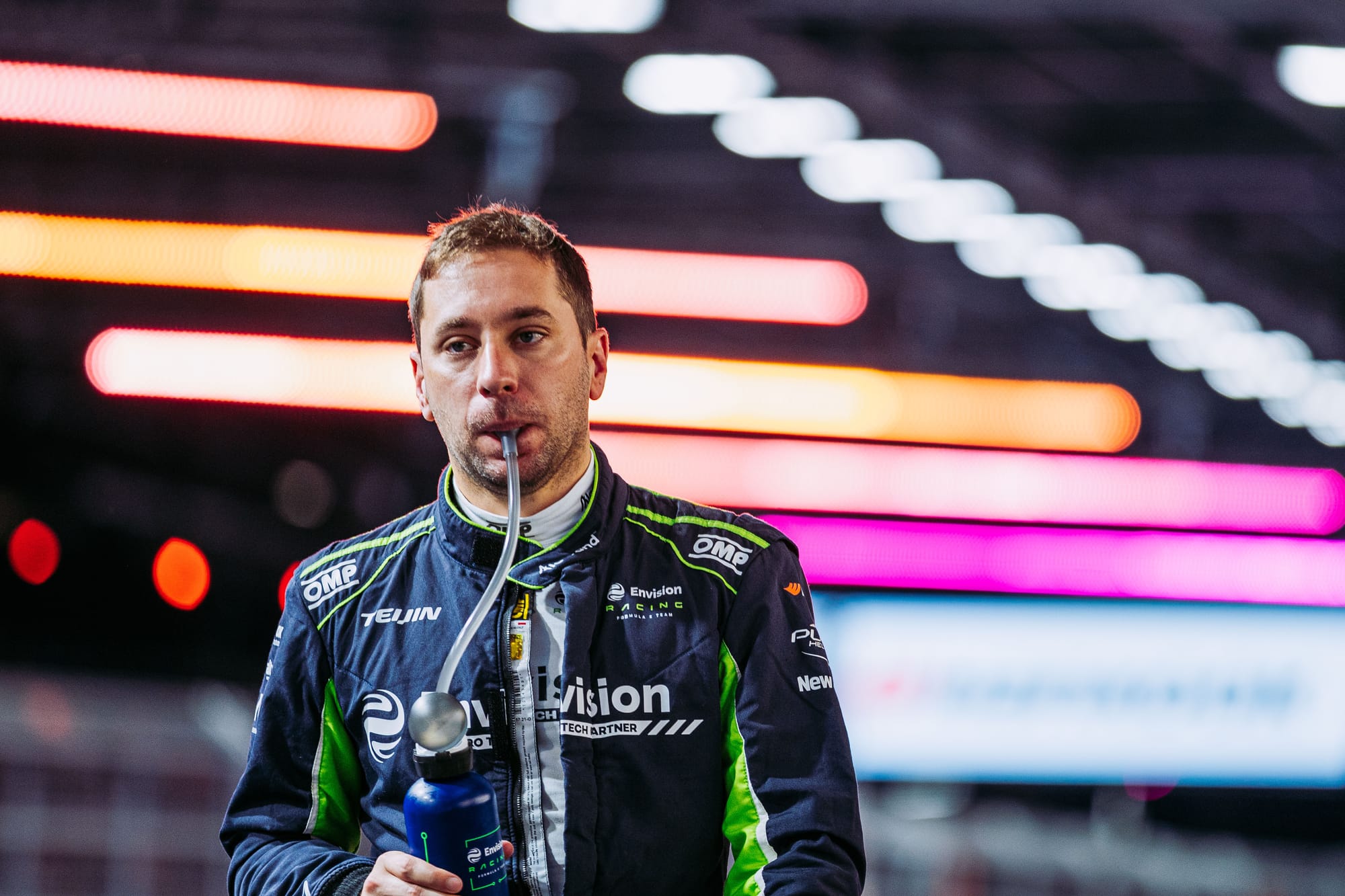
Both drivers have had their professional careers interrupted in recent seasons because of accidents but these injuries cannot be described as flukes anymore.
It became clear that the steering system on Formula E Gen3 cars opened the possibility of injuries, mostly through hands being flailed into the side of the slender cockpits of the survival cells.
The injuries were complex to study because the speed of the whip effect on drivers made it difficult to see exactly what was causing the precise injuries that were suffered.
It is known that the FIA has also analysed and studied the precise shape and design of modern steering wheels as a consequence too, particularly the fashion for angular-edged wheels that are cut-off versions of the traditional circular steering wheel design.
The implementation of some extra padding on the cockpit sides was essentially a temporary measure ahead of the more comprehensive preventative measures now being implemented.


